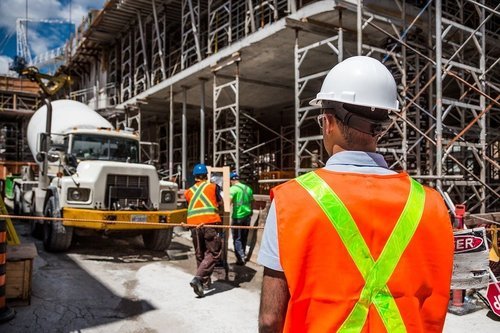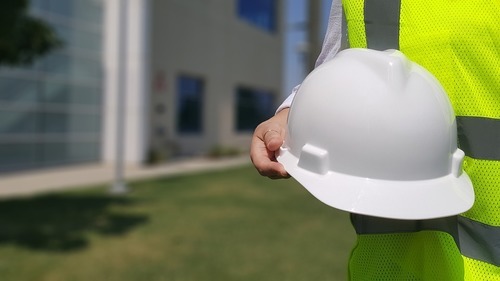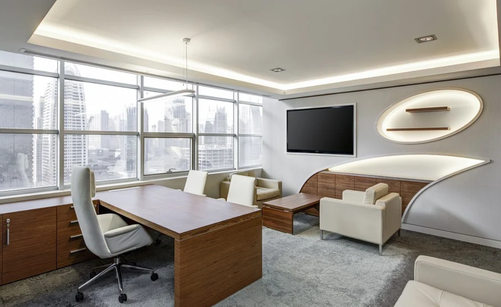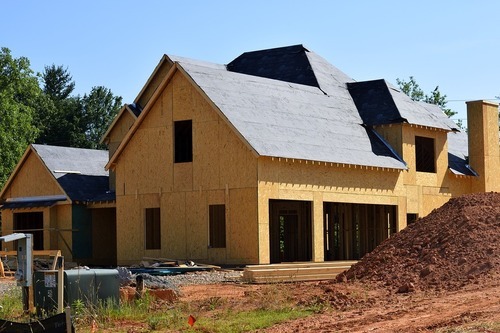The construction industry, just like most aspects of human life, is constantly changing and evolving. From technological advances to an increased focus on sustainability, you will always find something new in the construction industry. Whether you are an investor or run a construction company, you should be open to anything that could help you stay ahead of the game. One way to do this is to be alive to any emerging developments. For starters, here are some of the major trends that are already affecting the construction business.
Prevalent Technological Integration
Technology births all manner of changes in different industries, but in some ways, things were not fast in the construction industry as earlier anticipated. However, things have since changed, and the construction industry is fast embracing technology. For instance, drones, 3-D modelling, and building information modelling (BIM) are fast becoming mainstream in this industry. These advances have made construction sites safer, enhanced resourced utilization, and have fostered collaboration.
Increase in Prefabrication Construction Projects
Prefabrication has gone mainstream in the construction industry over the last couple of years. It is easy to see why – prefabrication along with modular construction are cost-effective and energy-efficient. When construction companies are keen on trimming their operational costs, it does not come as a surprise that prefabricated homes are fast popping up in most neighbourhoods.
Growing Focus on Sustainability
The drive towards sustainability in different aspects of human times has also directly impacted construction companies. Most construction companies, if not all, are turning to sustainability to appeal to millennials. A good example of a sustainable trend in the construction industry is living walls that provide fresh oxygen into the room.
Improved Safety
It is known that construction jobs are not the safest jobs, especially when compared with mainstream careers such as teaching. Increased workplace-related accidents and incidents have resulted in the development of technologies aimed at making construction sites safer. Modern-day construction workers have access to advanced and safe working equipment. Not forgetting computer apps and mobile apps that help employees observe workplace safety practices.
Increase in Popularity of Project Management Software
Project management is a household term in most industries, including the construction industry. The use of project management applications in the construction industry keeps increasing every other day. Project management applications have brought efficiency, accountability, and efficiency into the construction industry. Project planners use these software for real-time communication and efficient monitoring of the project.
A lot is happening in the construction industry. While there might be some uncertainties in the industry, the overall outlook remains positive. Rising costs have always been a real concern for smaller construction companies and investors. However, modern technologies and better ways of doing things could soon tilt the scales.






